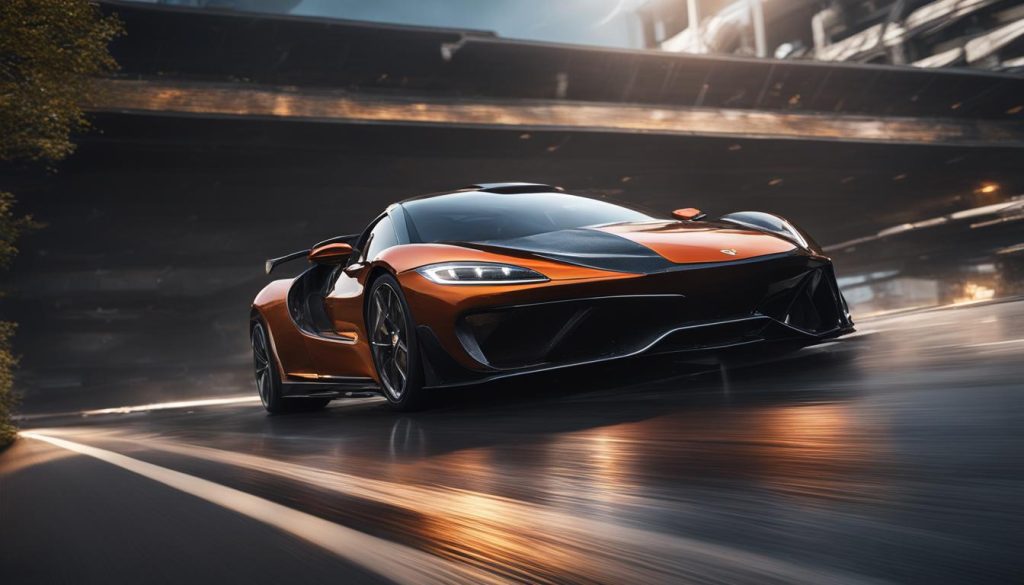Modern automotive paint finishes are complex systems of advanced chemistry engineered to provide specific results, whether it’s supreme durability, unsurpassed shine and depth, or simply affordability. When you’re repainting your classic vehicle and want to match a specific color, chances are you’re also looking for a final finish that matches the original one perfectly. But getting that perfect OEM match requires a precise recipe of tints and additives.
If you’ve ever had house paint mixed at the hardware store, you probably understand the basic process. Once you choose your color, the person behind the counter enters the color code in the computer then grabs a can of the correct base paint from the shelf before plopping in a curious combination of tinting dyes and throwing it all in the mixer to blend. The process of creating custom automotive paints isn’t fundamentally all that different, except for what goes in the can.
Basics of modern paint chemistry
Unlike the old days of air-drying lacquers and single-component enamels, today’s auto body finishes are almost exclusively activated two-component urethane compositions. Eastwood’s factory-matched OEM Select finishes, for instance, are an acrylic urethane system using a solvent base and a catalyst that creates an exothermic reaction (it makes its own heat) that cures the final finish to a hard surface.
Blended within this solvent base are pigments that provide a neutral foundational color and opacity, along with the binding resins that hold the pigments together, adhere them to the surface, and add durability and weather resistance. Beyond these elements are proprietary blends of thickeners, UV stabilizers, and other components. Rheology modifiers control flow and leveling; antioxidants prevent degradation from environmental exposure over time; and matting agents to control the level of gloss. And that’s all before we add colors and special effects to the mix.

Pigments, metallics, pearls and more
Of course, the fun stuff begins when the paint base gets its unique additives. At the most basic level, are pigments. Historically these have consisted of very specific mineral elements, many of which are difficult to source, though synthetic pigments also exist for many colors. The nature of the pigments reflects significantly on the cost of a given paint color.
Lapis Lazuli, for instance is known for its rich and vibrant blue color, but its rarity and the labor-intensive process of extraction and processing make it one of the most expensive pigments. Pigments containing cadmium compounds, such as Cadmium Red and Cadmium Yellow, are also known for their intense colors. Cadmium pigments are toxic and environmentally hazardous, however, with stricter regulations leading to higher production costs. Likewise, cobalt-based pigments like Cobalt Blue and Cobalt Green are also subject to regulatory restrictions due to their toxicity.
Precise ratios of brilliant blue, green, red, maroon, brown, yellow, or orange tints – along with solid whites, grays, or blacks for balance – are typically mixed into the base matrix to create the intended hue for non-metallic colors. Metallic colors may have their own tints fortified with fine aluminum particles, though other metals including gold or silver might also be used.
Other additives are required to create other special effects, including pearlescent, iridescent, and mica finishes. Pearlescent pigments aren’t actually derived from pearls at all. They are often made from mica platelets coated with layers of metal oxides, like titanium dioxide or iron oxide, giving the paint a subtle color shift or a soft, pearly appearance. Like pearls, iridescents rely on “interference pigments” with thin layers of metal oxides or other materials. When light hits these pigments, it’s refracted and reflected, creating the iridescent effect. Mica is a naturally occurring mineral used to create a metallic or shimmering appearance.

Before and after color
To get the perfect factory match, some colors will require a specific undercoat that goes down before the base color. “Candy” paints famously produce wildly different variations depending on whether the undercoat is white, grey, silver, or black. But even solid colors like whites and reds can be affected by what is underneath them.
Finally, to protect and enhance all the excitement of the base coat, the final finish requires a clear coat. While we typically think of clear coat as absolutely clear, some finishes may incorporate transparent tints or other additive effects such as metallics and pearls for an even more stunning final finish. Regardless, the clear coat uses many of the same basic components as the base coat – except for the solid pigments – to provide depth, shine, and UV protection
In short, getting a perfect match for your favorite factory paint requires a lot of specialized ingredients, but modern materials and today’s precise formulations can help all the colors of your dreams come to life on your project.
#OEM #Color #Match #Paint #Job










